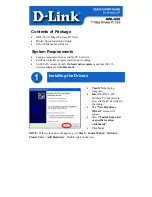
4-3
Figure 4-1
Schematic diagram for traffic policing
Traffic policing is widely used in policing traffic entering the networks of internet service providers
(ISPs). It can classify the policed traffic and perform pre-defined policing actions based on different
evaluation results. These actions include:
z
Forwarding the traffic if the evaluation result is “conforming.”
z
Dropping the traffic if the evaluation result is “excess.”
z
Modifying the DSCP priority of the conforming traffic and forwarding it.
Traffic Shaping
Traffic shaping supports shaping traffic to the outgoing traffic.
Traffic shaping provides measures to adjust the rate of outbound traffic actively. A typical traffic shaping
application is to limit the local traffic output rate according to the downstream traffic policing
parameters.
The difference between traffic policing and GTS is that packets to be dropped in traffic policing are
cached in a buffer or queue in GTS, as shown in
Figure 4-2
. When there are enough tokens in the token
bucket, these cached packets are sent at an even rate. Traffic shaping may result in an additional delay
while traffic policing does not.
Summary of Contents for S7902E
Page 82: ...1 4 DeviceA interface tunnel 1 DeviceA Tunnel1 service loopback group 1 ...
Page 200: ...1 11 DeviceB display vlan dynamic No dynamic vlans exist ...
Page 598: ...ii ...
Page 1757: ...4 9 ...
Page 1770: ...6 4 ...
Page 2017: ...2 11 Figure 2 3 SFTP client interface ...
Page 2238: ...1 16 DeviceA cfd linktrace service instance 1 mep 1001 target mep 4002 ...
















































